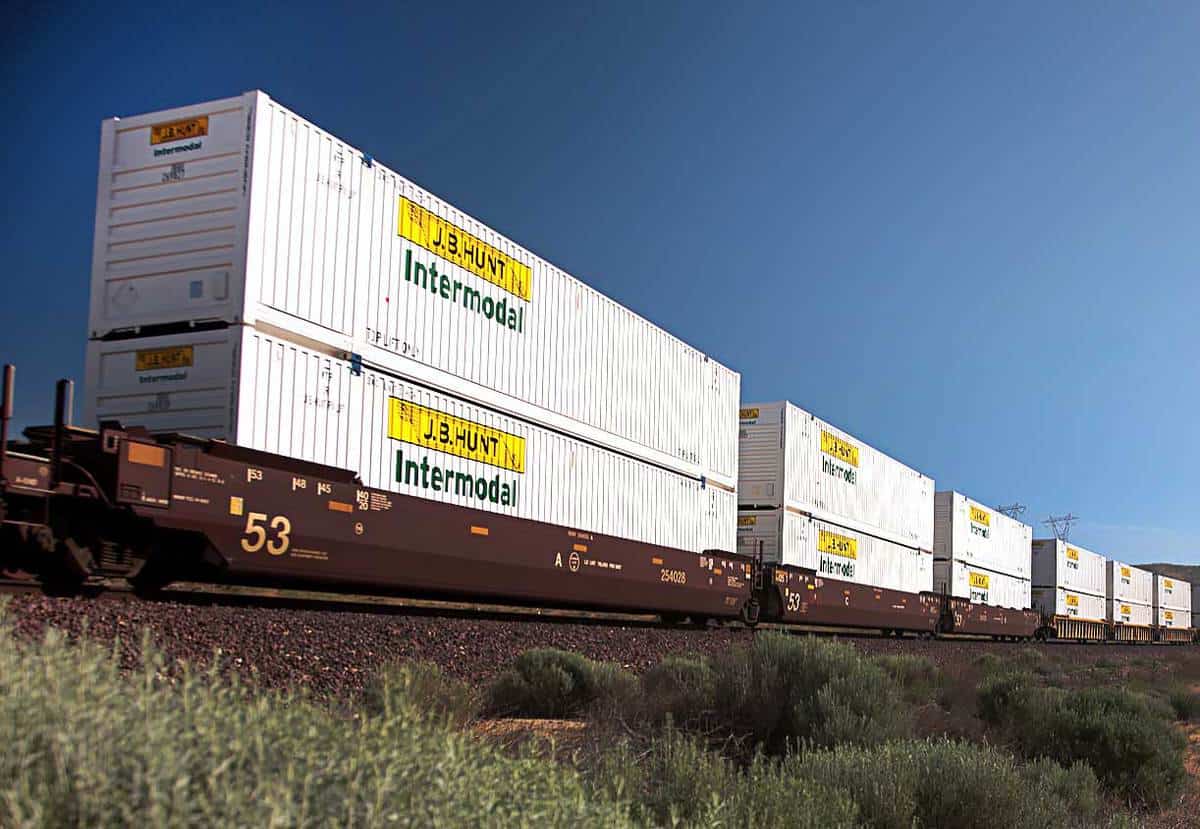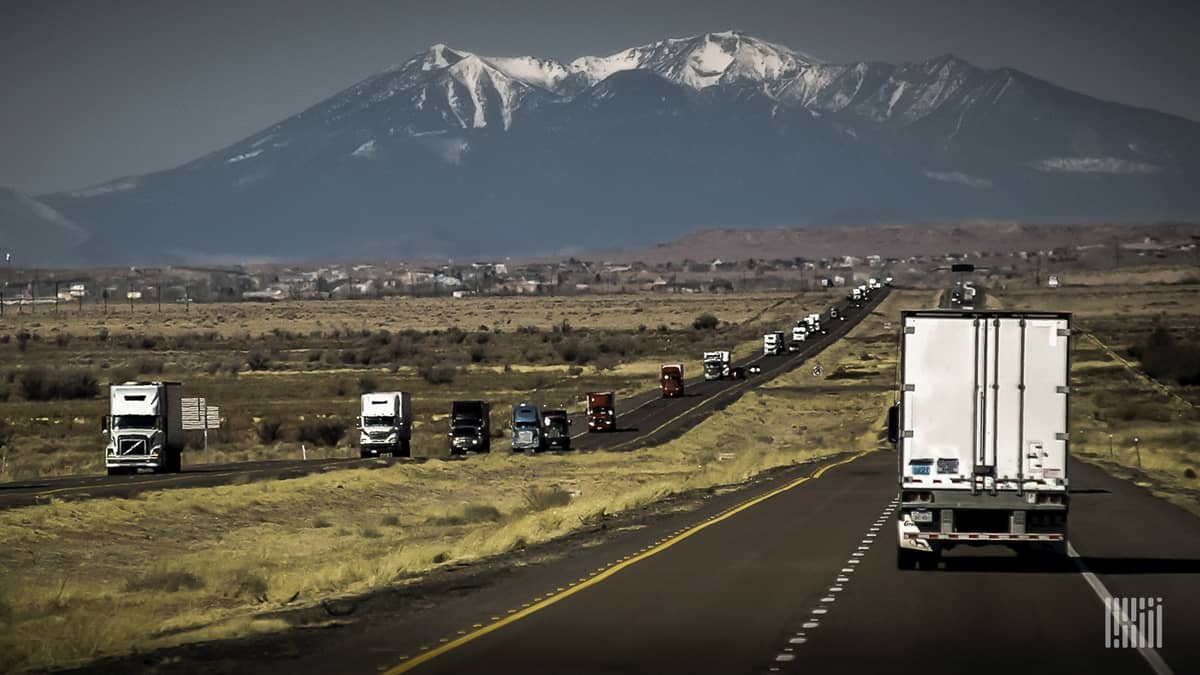On J.B. Hunt’s earnings call Tuesday, Vice
President of Finance Brad Delco (formerly of
Stephens) explained that an increase in the
number of empty repositionings, higher
purchased transportation costs, and
expenditures related to rebalancing Hunt’s
intermodal network resulted in 1% lower
operating income for the intermodal business
even as revenue increased by 6%.
Delco’s remark was a fascinating comment
that put media reports of empty containers
piling up at West Coast ports into the
framework of an income statement. He also
said demand for backhaul moves (i.e., Midwest
or East Coast to West Coast) was higher
relative to headhaul moves, which lowered
overall revenue per load.
The first takeaway is that the fluidity of an
intermodal network is a derivative of a railroad
network and that railroad service metrics
don’t have a 1-to-1 correspondence to
intermodal service. The trains may be getting
built quickly and sent to their destinations on
time, but lopsided customer demand could be
playing havoc with the physical location of
your containers.
Deutsche Bank transports analyst Amit
Mehrotra wondered if the imbalance between
the West Coast and the rest of the country
might be structural, not cyclical.
It’s a profound question to consider: how
post-trade war and post-coronavirus supply
chains will alter the map for North American
intermodal networks.
Members Only
You have selected content that's only available to members of FreightWaves Passport. As a member, you gain immediate access to the most in-depth and informative freight research available. It's your gateway to continuing education.
Members also get:
- Access to exclusive community dedicated to discussing the most important challenges facing freight.
- Monthly and Quarterly Freight Market reports keeping you informed of industry trends.
- Much, much more!
Click below to learn more and sign up today!
Subscribe
Existing Passport subscribers may log in using the form below.





